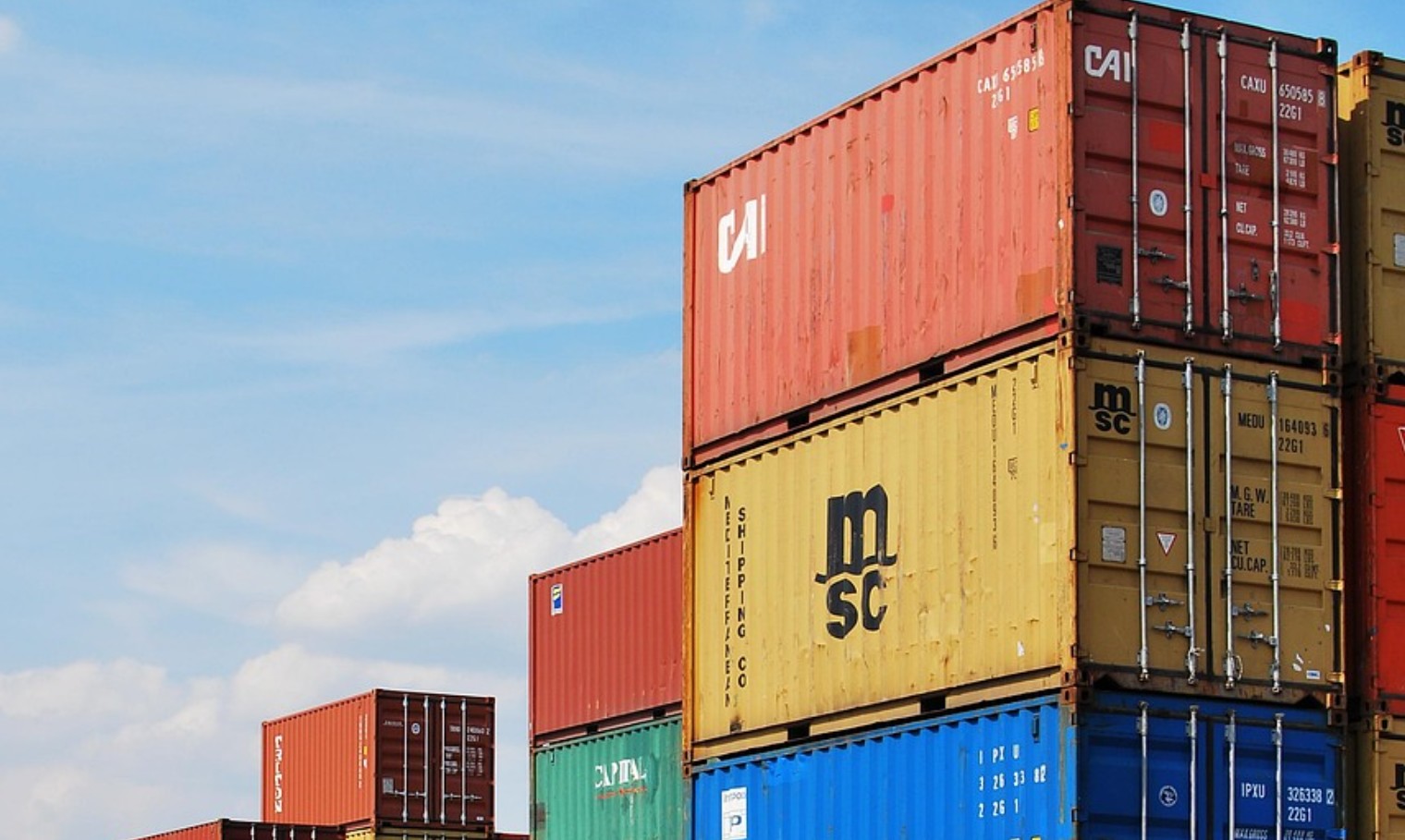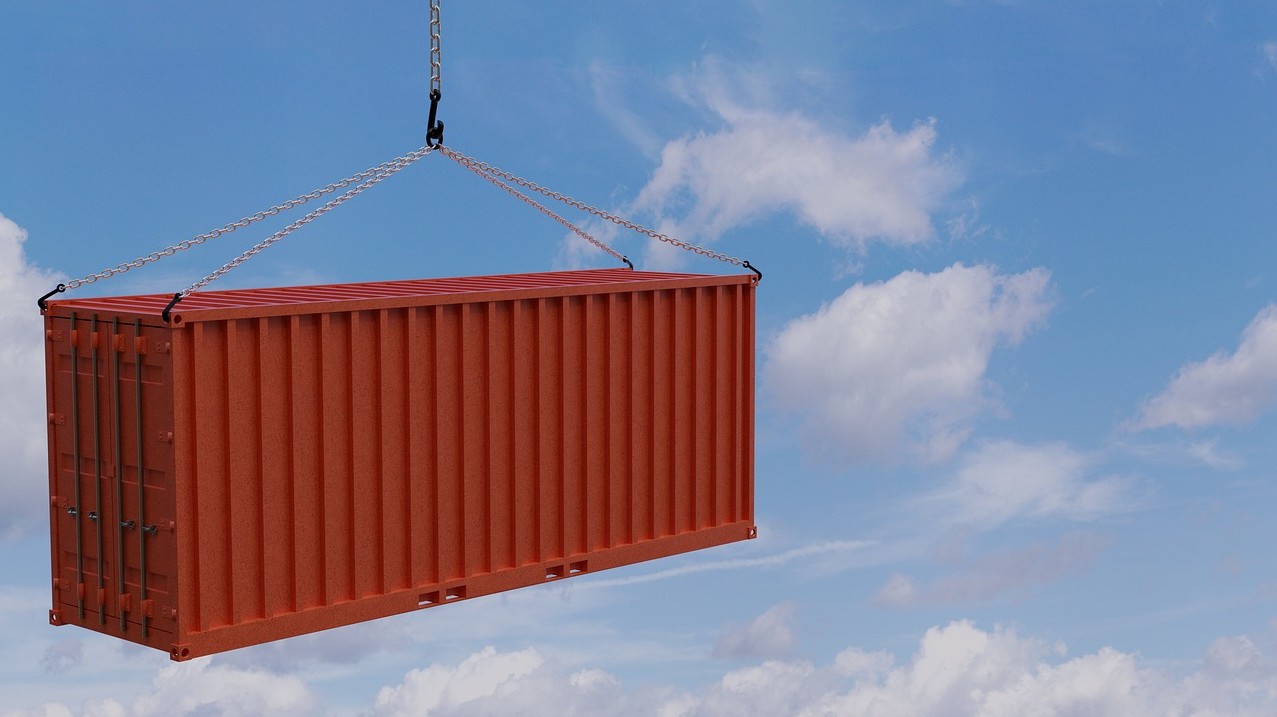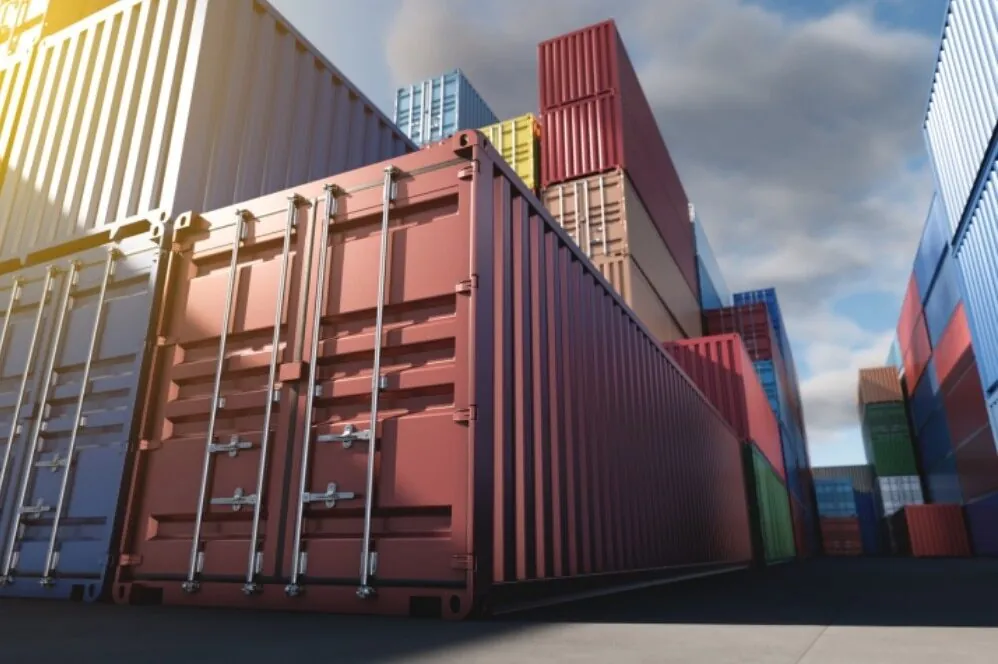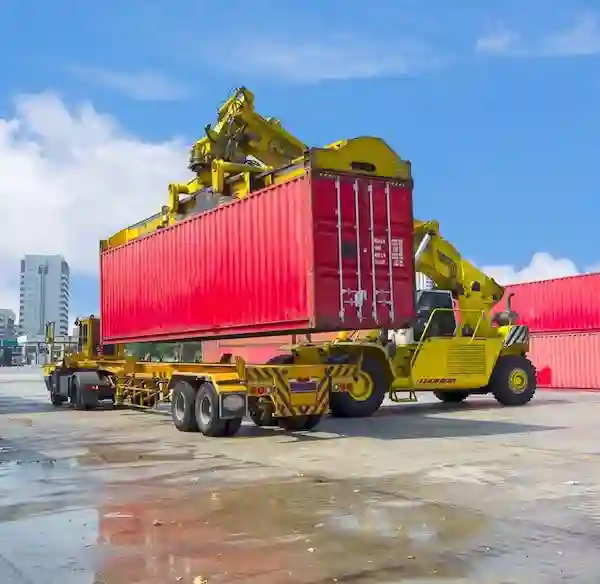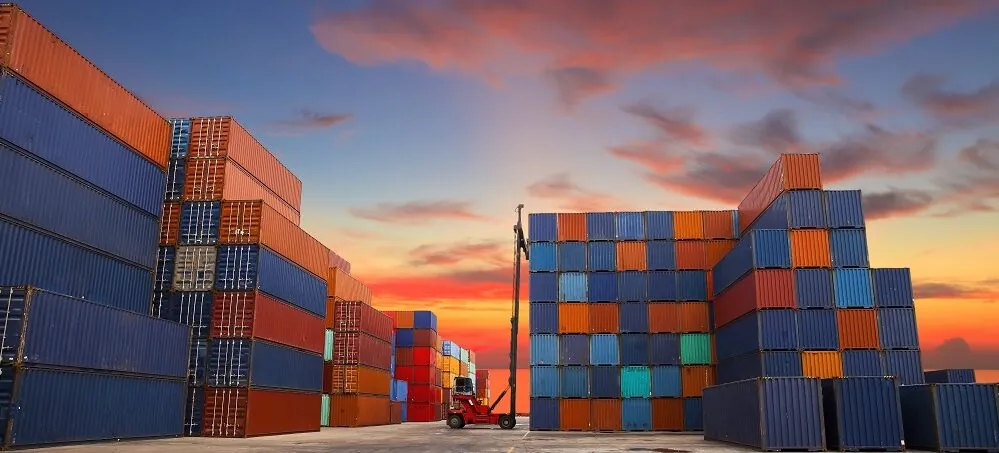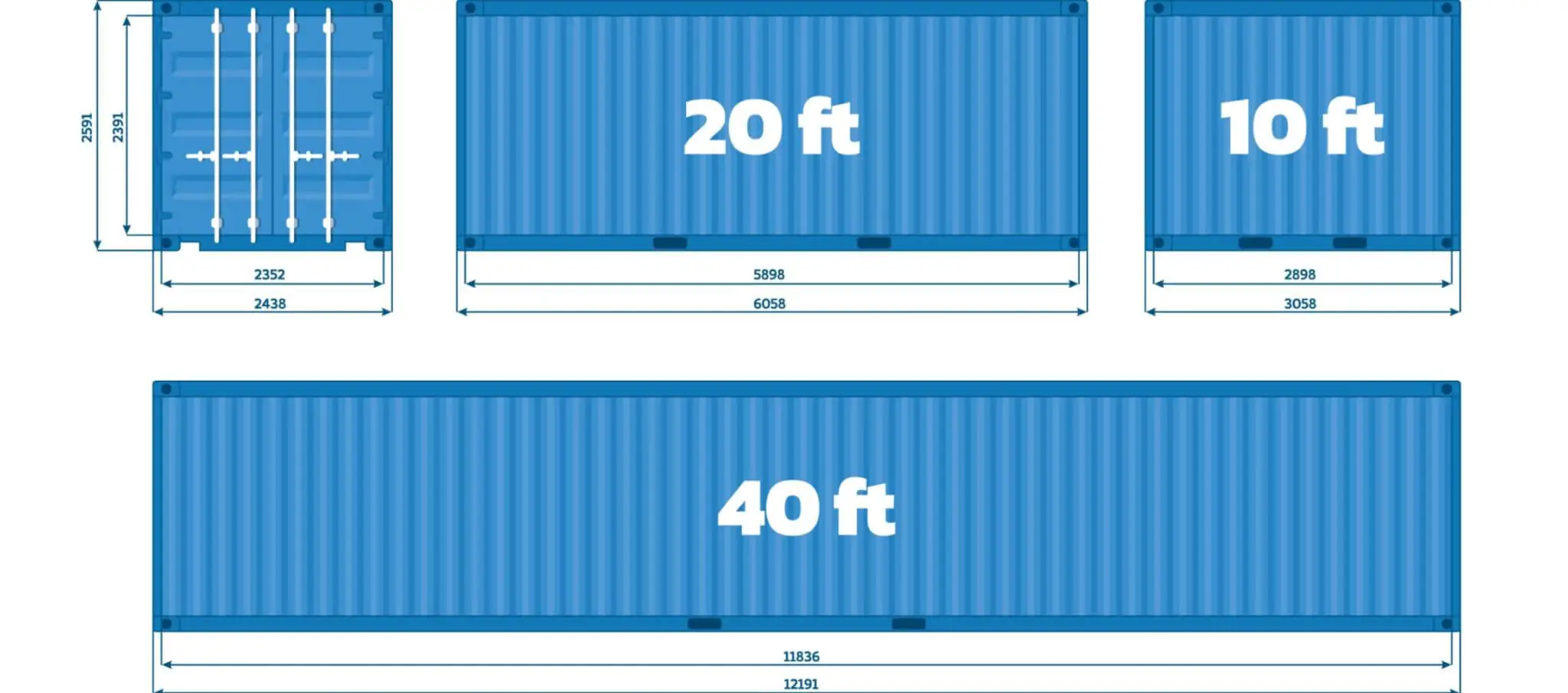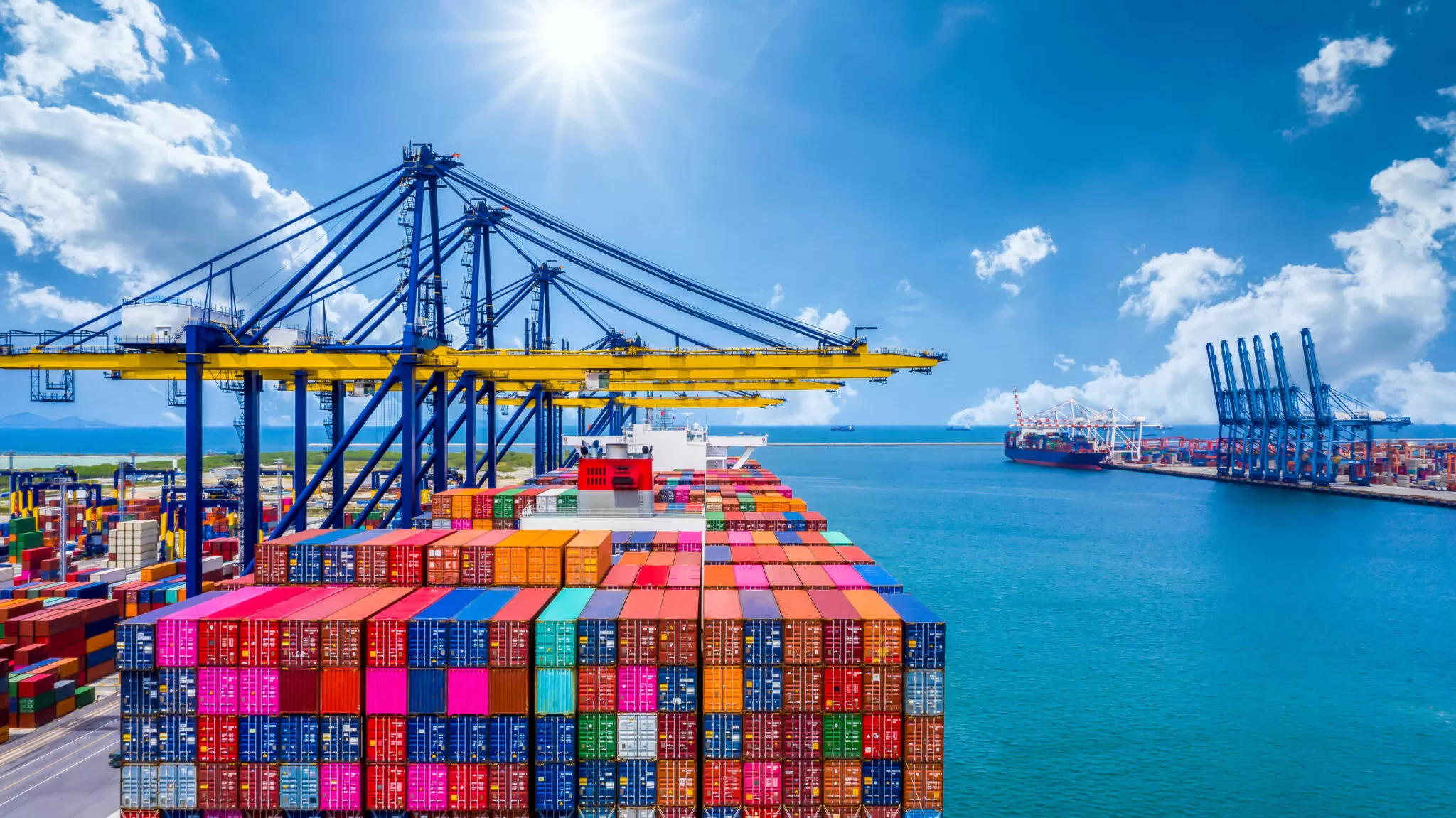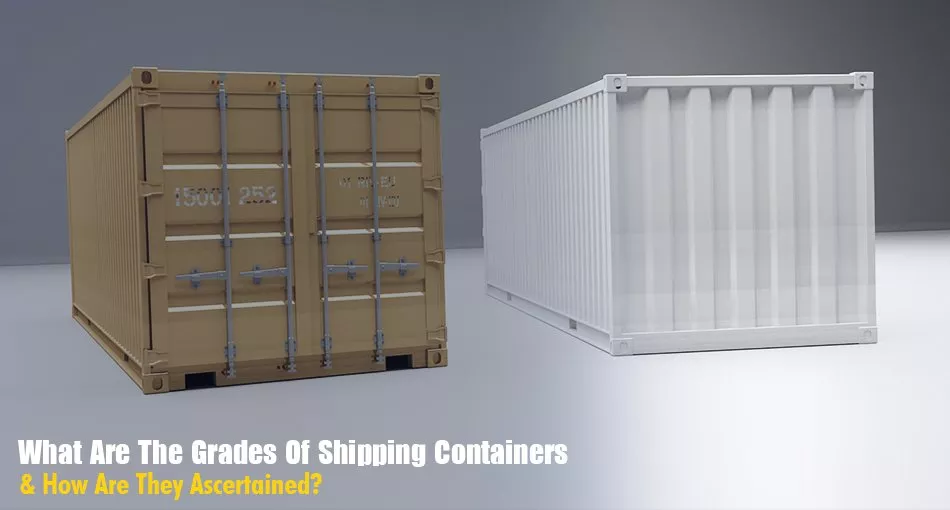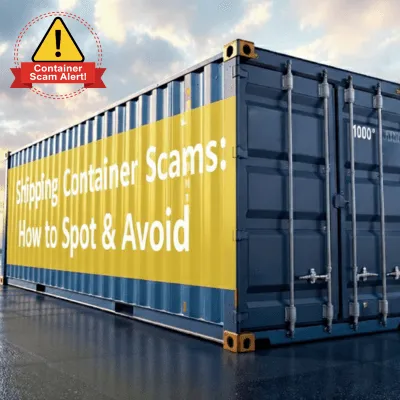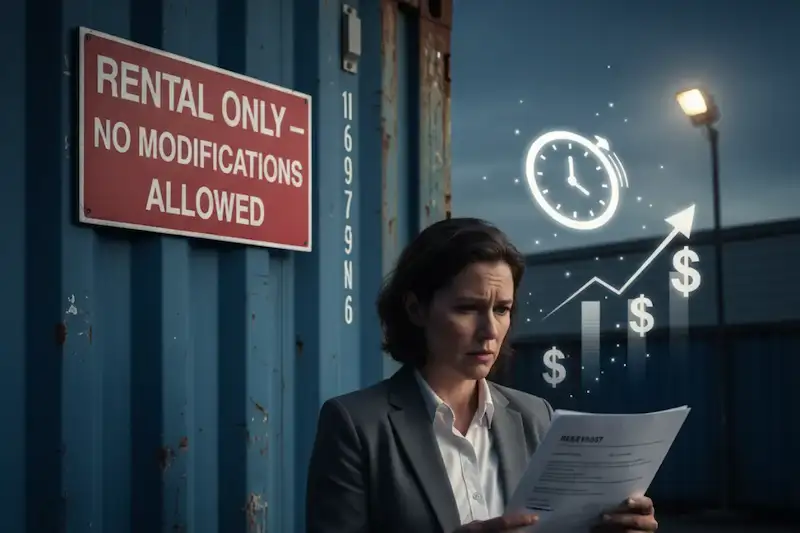How to rent a shipping container from vetted suppliers

Need dependable, secure space? Renting a shipping container could be your best move. Whether you’re storing gear, building a pop-up shop, or moving cargo, renting often beats buying. Here’s how to do it right.
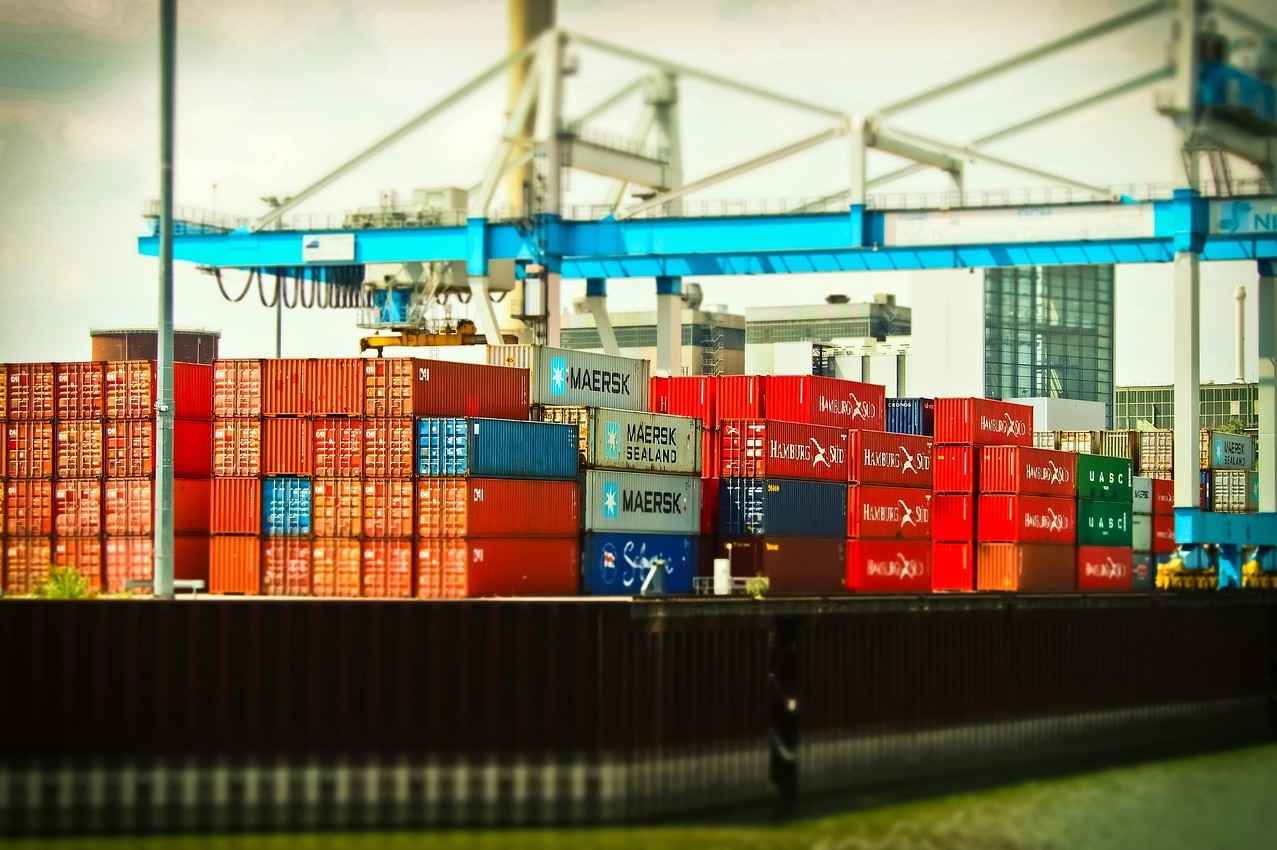
Rent a shipping container in 6 easy steps
Renting a shipping container doesn’t need to turn into a bureaucratic maze. You can break it down into a few actions.
1. Choose your ideal container type and size
Not all containers are the same. You’ll find standard, refrigerated, open-top, flat rack, and more.
The 20ft shipping containers are good for smaller loads or tight spots. You’ll often find them being used on construction sites or for mobile storage. For bigger projects, or if you need to ship large volumes of cargo, check out 40ft shipping containers. They can hold a decent amount of weight and bulk without costing much more than the smaller option.
If you’ve got oddly shaped items or just need more vertical room, consider 40ft high cube containers.
2. Choose the condition and grade of the container
Container grades tell you what shape it’s in.
- New or “one-trip”: clean, undamaged, factory-painted, but pricier.
- Used: cheaper, but check the grade. “Cargo worthy” works for international shipping; “wind and watertight” is okay for storage.
Make sure the container is checked for leaks and broken seals.
3. Find out how much it costs to rent a shipping container
Rates vary by location, container type, condition, and lease length.
- 20ft: $75–$200/month;
- 40ft: $125–$250/month.
Add delivery and pick-up fees, which can raise the total cost quickly.
If you’re just after a solid unit for basic storage, check out options like 20ft standard shipping containers, which are often the best balance between size and cost.
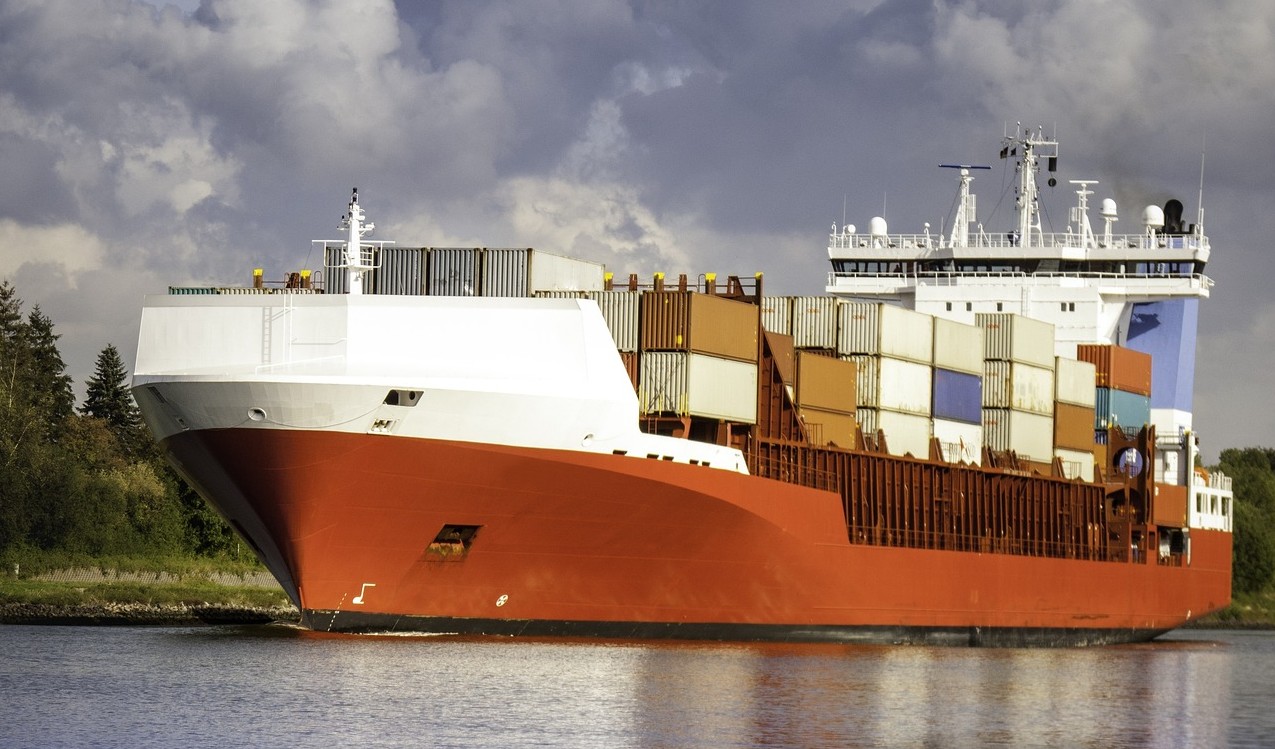
4. Choose the ideal shipping container rental lease agreement
Rental agreements vary, and it’s worth reading more than just the first page. Some companies offer short-term leases — good if you need a container for a few weeks. Others push longer terms, which usually come with better rates but lock you in for months.
Decide how much flexibility you need. A construction crew might only need a container for a couple of months. Someone running a pop-up store might want it for the whole season.
A decent agreement should spell out who’s responsible for maintenance, damage, and theft. If you dent the door or break the locking system, do you pay? Does the rental cover container insurance? Some companies include it, some don’t even mention it.
Pay attention to the return policy, too. Will they pick it up when you’re done? Or are you expected to cover the cost of shipping it back to their depot?
5. Hire a container surveyor
This might seem like overkill, but a container surveyor can save you from renting a bad container. A surveyor checks the container’s structure, doors, seals, floor, and more. Think of it like a home inspection — just for a box made of metal.
If the container is being used for international shipping, the surveyor will make sure it meets cargo-worthiness standards. They’ll look for corrosion, corner damage, or anything that would raise eyebrows at port inspections.
Even for domestic use, a quick inspection can reveal busted vents, mold, or warped doors. If your container is going to be filled with valuable tools or stock, it’s worth double-checking.
You can find independent surveyors or ask the leasing company if they have one on staff. Some even offer free inspections as part of the rental deal.
6. Transport the container
The last step is getting the container from the depot to your site. This part trips people up more often than it should. Don’t assume a company includes transport in the base rental price. Delivery and pick-up fees can double your total cost.
You’ll need to give clear details about your site: what the access is like, how much flat ground you’ve got, and whether a tilt-bed or crane truck is needed. Not every truck can drop a container exactly where you want it.
Distance matters, too. The farther the container has to travel from its yard to your site, the more it’s going to cost. That’s why it helps to rent from a supplier close to your location.
Check the delivery schedule early. Good companies get booked fast, especially during busy seasons. And don’t forget to clear the spot where the container will sit — no overhanging wires, no steep hills, no mud.
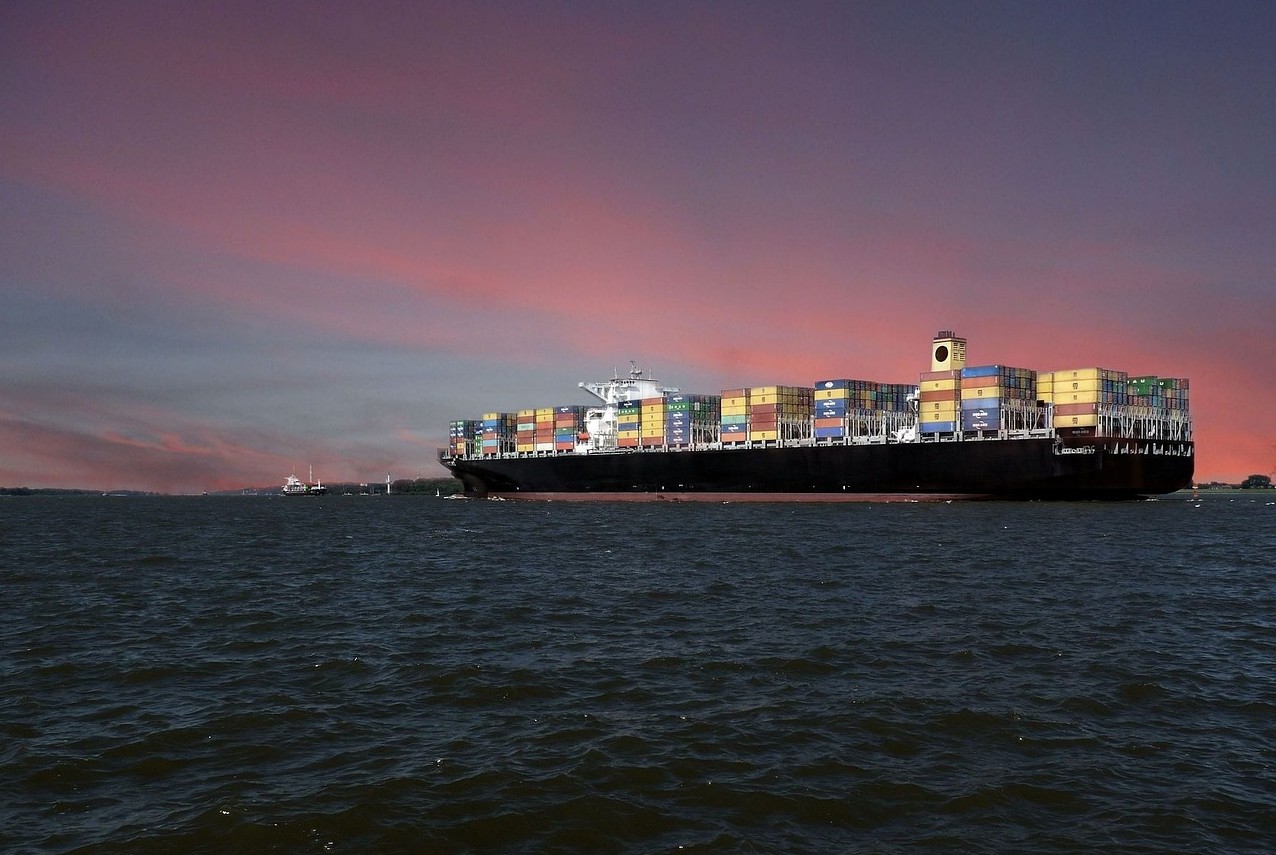
Conclusions
Renting a shipping container is mostly about making the right calls in the right order. Pick the right type and size — don’t rent more space than you need. Choose a decent condition, especially if you’re storing valuable stuff or shipping cargo overseas. Know the cost up front, and make sure your leasing agreement spells everything out clearly. Hire a surveyor if you’re not sure what you’re getting. And when it’s time to move the container, don’t cut corners on delivery planning.
From 20ft shipping containers to 40ft high cube containers, the choices are plenty, and the prices vary depending on where you’re at and what you need.
Vanessa is a dedicated writer and content enthusiast at Pelican Containers. With a background in practical writing and a keen eye for clarity, she transforms complex container topics into easy-to-understand and useful content. Her passion lies in exploring the evolving world of container usage — from smart storage hacks to global logistics trends.
When she's not writing, Vanessa loves discovering creative shipping container projects or traveling to find new inspiration.
Explore thoughtful, informative, and accessible content with Vanessa!
Vanessa is a dedicated writer and content enthusiast at Pelican Containers. With a background in practical writing and a keen eye for clarity, she transforms complex container topics into easy-to-understand and useful content. Her passion lies in exploring the evolving world of container usage — from smart storage hacks to global logistics trends.
When she's not writing, Vanessa loves discovering creative shipping container projects or traveling to find new inspiration.
Explore thoughtful, informative, and accessible content with Vanessa!
FAQ
How are shipping containers leased?
You pick the size and type you need — usually 20ft or 40ft — then choose a lease term, which can be short or long, depending on the job. The company delivers the container, charges you rent each month, and picks it up when you’re done. Most lease agreements cover the basics like condition, damage responsibility, and where the container will sit. Some include maintenance, some don’t. You sign the papers, pay up, and it’s yours to use.
How much does a 40 ft conex container cost?
If you’re renting, expect to pay around $125 to $250 per month, depending on location and condition. Buying a used one can run anywhere from $2,500 to $5,000. A new one can be over $6,000. High cube models usually add a few hundred on top. Prices move a lot based on supply and market demand, so you’ll want to check local listings or suppliers directly.
What is the average cost of a 20ft container?
Rental rates usually fall between $75 and $200 a month. Buying one used is typically around $2,000 to $3,500. New 20ft containers cost more, usually somewhere in the $4,000 range or higher. The final number depends on condition, grade, and how far it has to travel to get to you.
Who is the largest container leasing company?
We, at Pelican Containers, are proud to present one of the largest fleets of containers for lease. Our inventory includes everything from standard 20ft and 40ft boxes to reefers and flat racks. If you don’t want to buy equipment, leasing containers from Pelican Containers is an excellent option.
